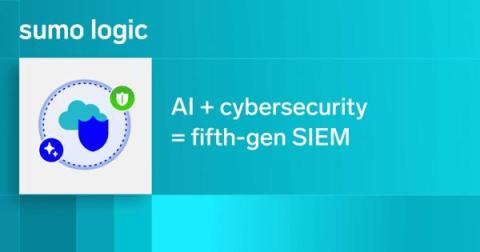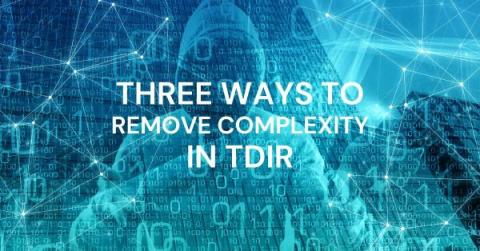How AI will impact cybersecurity: the beginning of fifth-gen SIEM
The power of artificial intelligence (AI) and machine learning (ML) is a double-edged sword — empowering cybercriminals and cybersecurity professionals alike. AI, particularly generative AI’s ability to automate tasks, extract information from vast amounts of data, and generate communications and media indistinguishable from the real thing, can all be used to enhance cyberattacks and campaigns.











